I joined the Mountaineers here in Seattle years ago and had known about their popular Global Adventures for a while when I, on a whim in 2019, signed up for a trekking trip around Mount Ausangate in Peru. A couple of postponements later (thanks, Covid), a group of 10 trekkers were finally cleared to go and what a go it was.
We spent the first couple of days in the ancient Inca city of Cuzco exploring the surroundings, most of which I had seen on a previous trip, and to acclimatize to the relatively high elevation. Cuzco sits at 11,152 feet, or 3,999 meters, above sea level and the air up that high is pretty thin. We had to stay at that elevation, and went higher on daily hikes, to prepare up for the ultimate level offered by the trek around Ausangate - a couple of 17,000 foot passes. The summit is 20,945 and it is the 5th tallest mountain in Peru, but I am no climber. The highest I had ever gone on a pass was in Bolivia outside of La Paz. Near to 16,000, that was enough for me. I prefer to circumnavigate anything that high although I do see the appeal of standing on the top.
Cuzco is a place of contrasts, from the ancient Inca walls to the boom of tourism that has brought with it all the things that tourism does. Yet despite the ladies carrying around the cute-as-a-button alpaca babies for picture opportunities and the endless touts selling massages and weird Chinese-made trinkets, it has retained its historical significance as the crown jewel of the once feared Incan empire and is definitely worth a day or two. The people watching alone is worth it.
Before starting the trek, we did an overnight backpack to Waqra Pukara, a stone fortress originally built by the Canchis people and later conquered by the Incas. It sits at 14,100 feet above sea level and would give us a good indicator of what it was like to trek with a back at those heights. It was hard but not overly so and we camped overlooking the monument and had perfect, if cold, weather. I have included elevations as much as possible so that when you, dear reader, have to decide if you want to do this as well, you know what you are in for.
I snapped a few people shots on our way there, having stopped at a little market town for supplies.
Once we got to the trailhead, several hours outside of Cuzco, we were met by a local Shaman who would be accompanying us on the trek and perform a ceremony to bless the journey around Ausangate.
Our group of guides and cooks. Full disclosure - this was a supported trip which meant that we carried day packs with our snacks and lunches and anything else we would need during the day, but the guides and their horses carried the sleeping bags and tents, in addition to kitchen supplies and food. This is not the way I usually do backpacking trips, but considering the elevation and very thin air, I was very glad of not having to carrying 30 lbs!
Sunrise over Waqra Pukara fortress
We returned to Cuzco and had a day off after the 2 day trek and then the real fun began. A six hour drive took us to the starting point, Tinki, a small village where camp was set up on a field and we enjoyed a fine evening view of the mountain. Not a bad thing to fall asleep to.
The following morning we had breakfast in the community tent and set off as the sun rose. Each day was between 7-10 miles of trekking, at increasingly higher elevation, which does not seem like a lot - but it took some getting used to the lack of oxygen.
From Tinki we walked through the small village, up the valley to our first night camping at Upis, which sits at 14,432 feet and has a primitive hot spring for anyone needing to warm up.
Camping at Upis
Having camped in the shadow of the mountain on the first night gave us a good idea of what we were in for. It was a very cold night and would get increasingly colder the higher we went. We woke up to frost most mornings and I was glad to have packed a 20 degree sleeping bag. But days were warm and sunny and we often ended up hiking in tee shirts. As our bodies acclimatized, the walking got easier and we made good time getting to Arapa Pass at 15,908 feet.
The views were one stunning landscape after the next, dotted with alpacas and the occasional herd of wild vicunas. We had lunch at Arapa and then descended into a deep valley and past green Lake Puqa Q'ocha.
Our guide, Marco, and horse wrangler Juan at Arapa Pass. Vicunas
Lake Puqa Q'ocha
Camping at Lake Jatun Puqa Q'ocha
Saved by hot morning coffee :)
Day three started out with beautiful views and a lovely trek en route to the Rainbow Mountain area. We hiked up to Pucamoco Pass at 16,437 feet, passing turquoise lakes, and reaching the second pass of the day at Warmisaya at 16,404 feet.

From the Rainbow Mountain (Vinicunca) area, we descended to our next camp at Ausangatecocha at 15,272 feet elevation.
We dropped a bit in elevation on day 4 and the rest of the snow melted away in the warm sun, only to more or less reappear every night.
The highest pass, Palomani, at nearly 17,000 feet was yet to come and it hit us with a fresh coating of snow as we set out from the Ausangatecocha camp.
Enjoying a successful climb to Palomani pass.
From Canchapampa we made a number of ascents and descents along the trail. We passed a series of beautiful colored lakes and had lots of sightings of viscachas leaping from rock to rock.
Peruvian viscacha
The following day we up early and ascended to Jamba Pass at 16,646 feet from where there were amazing views of the Pacchanta Valley in the far distance.
Celebrating having made it across the Jampa Pass
Descending from Jama Pass and into Pacchanta Valley
Lunch break at Otorongococha. Not a bad view
We decided to press on to our last night's camp in the small village of Pajchanta which coindidentally, also had a very nice set of hotsprings and several nice ladies selling woven handiwork.
Chilling on the edge of the hotsprings with friend Shuko
We were picked up in Pajchanta the following morning, tired but happy at having completed one of the most beautiful in the world. We had barely met another hiker and the solitude against the backdrop of the endless mountains had been astonishing.
Trekking company: Apus Peru. I would highly recommend them. I did this trek form mid-late September and apart from the one snow storm, the weather could not have been better.
Medications/AMS/recommendations: I took diamox to prepare for and combat altitude sickness. I took one steroid pill when we did the highest pass because I was having headaches and lightheadedness- doctors recommend that diamox is sufficient for the headaches but with more than one symptom of altitude sickness, it should be supplemented with steroids, or you should descend if symptoms do not abate. Personally, I would recommend reading up on altitude sickness and prevention and see a doctor about prescribing diamox before doing this hike, especially if you have no previous experience hiking in heights. I also found eating coca candy and chewing coca leaves very helpful.
And now into the jungle....
Having had enough of mountains for a while (kidding), I opted to do a four day trip into the Manu Reserve to look for monkeys. It was a wonderful change, not waking up to frost lining the tent, and a great opportunity for wildlife watching.
Here are a few shots to whet the palate:
And since I had an extra day in Cuzco before flying home, I did a day trip on a regular tour bus to see the salt pans at Salineras de Maras. Well worth the long drive!
Hope you enjoyed the show :)













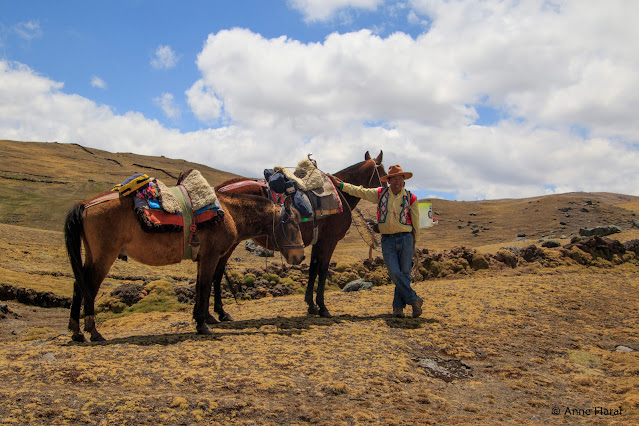





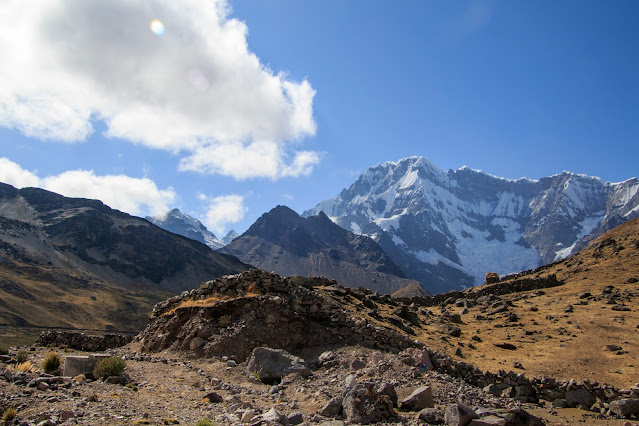














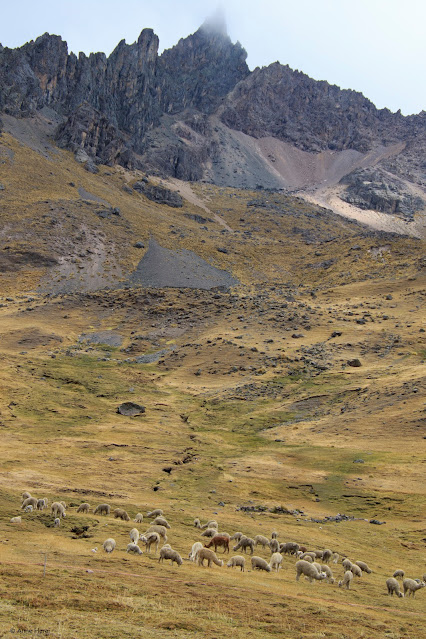






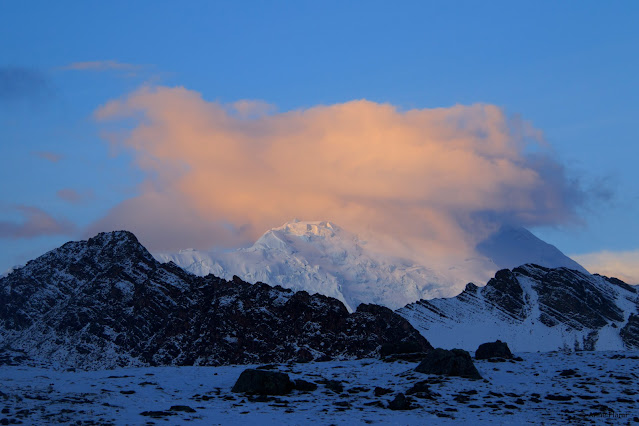









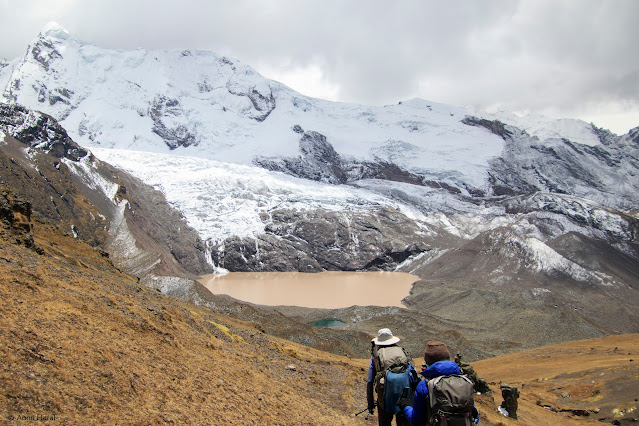




































No comments:
Post a Comment